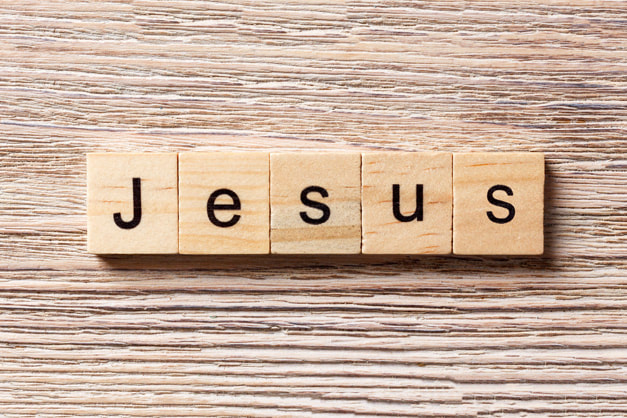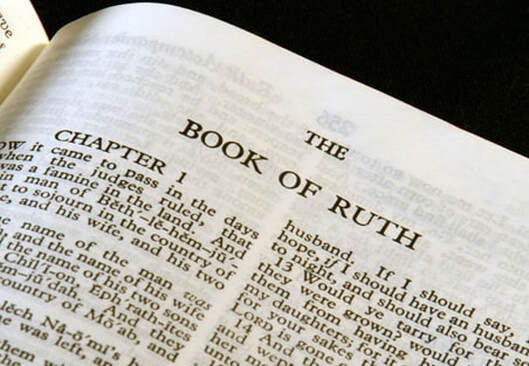Because the New Testament was written by different authors over a number of years, it is perfectly possible that different authors might have had different preferences in expression. And a particular writer might vary in word choice for the sake of style, so a difference might not be one of meaning but simply of form.
But it is also true that word order works a little differently in the Greek language than it does in English. In Greek there is flexibility in the order of words in a sentence that we do not see in the English language, with the variation in word order being a way to show emphasis. This has led to some commentators stating that “Jesus Christ” probably stresses the human side of the Son of God while “Christ Jesus” emphasizes his divine nature. Although this is a popular view, it is probably wrong.
While “Jesus Christ” is found throughout the New Testament, we do not find the name “Christ Jesus” in the letters of Peter, John, James, or Hebrews. Most references to Christ Jesus are found in the writings of Paul (the only exception is in Acts 24:24, which discusses how Paul was talking to the Roman authority Felix about Jesus, so even there it is in a context related to Paul and influenced by him.
So “Christ Jesus” seems to be primarily a Pauline expression, but what, if anything, did Paul mean by using it in distinction to “Jesus Christ”? For example, in the book of Philippians, “Christ Jesus” appears in Philippians 1:1, 8; and 2:5; while “Jesus Christ” is the form Paul uses in Philippians 1:2, 6, 11, 19; 2:11, 19. In the same way, in chapter 3 he speaks of Christ Jesus (3:3, 8, 12, 14), while he also refers to “Jesus Christ” (3:20). In Philippians 4, 4:7, 20, and 21 all have Christ Jesus, while 4:23 uses Jesus Christ again.
Is there a pattern visible in the usage in these and other letters of Paul? Some commentators say that when Christ comes before Jesus, Jesus’ position as Messiah is emphasized by Paul while when Jesus is before Christ, his work as Savior is emphasized. This would not seem to be the case because Christ Jesus appears in places where his saving work is specifically emphasized (e.g., 1 Timothy 1:15: “The saying is trustworthy and deserving of full acceptance, that Christ Jesus came into the world to save sinners, of whom I am the foremost”).
I feel that there is a more likely reason for Paul’s usage of the two forms of Christ’s name. Paul will often use Christ Jesus in talking about how he is a servant or apostle of Christ Jesus, or when he stresses that we are “in Christ Jesus.” In other words, Paul seems to use “Christ Jesus” when he stresses a relationship with Christ – stressing Christ’s supremacy in the relationship.
Paul does not deny Christ’s supremacy when he uses the more usual New Testament expression Jesus Christ, of course, but he seems to emphasize it when he uses the form “Christ Jesus.”


 RSS Feed
RSS Feed
